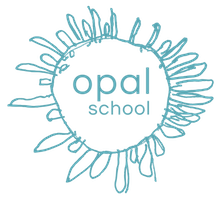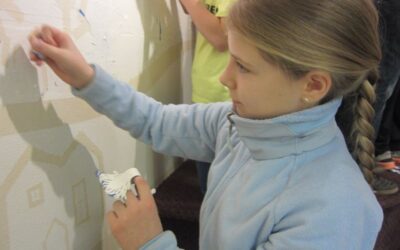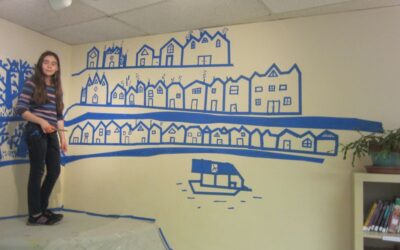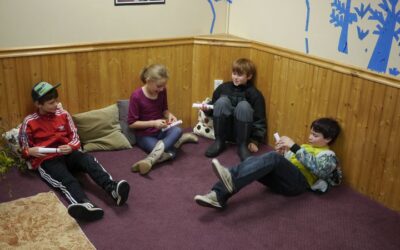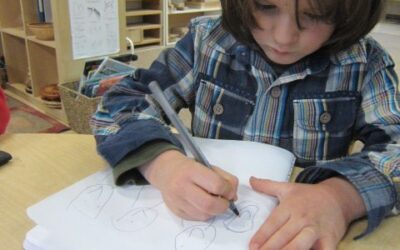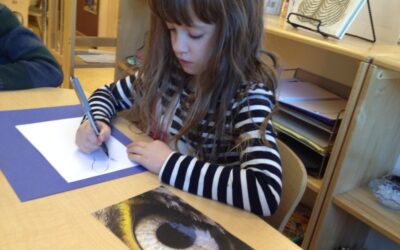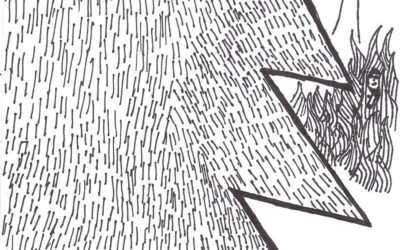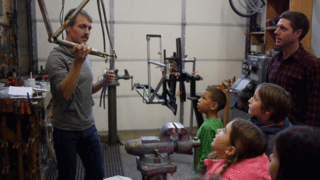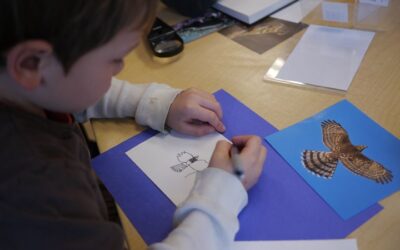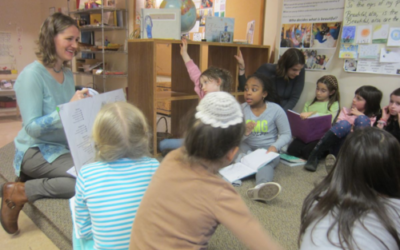Uncategorized
Home \ Opal School Blog \ Uncategorized
Friday Update – The Week in Pictures 03.14.14
Here are the Highlights and Ask Me Abouts for this week. Highlights Removing the tape from our newly painted walls to reveal the "old blue…
DETAIL
It looks like it’s in the past now
What will happen if we paint over our blue tape murals and then pull off the tape? …
DETAIL
Thinking About the Role of Provocation
I am writing this blog post from an airplane at 35,000 feet, on my way to New York City for a three day visit with…
DETAIL
The Power of Story Part 1
“When we say ‘old friend’, what we really mean is, I know your story and you know mine.” ~Ralph Fletcher, Writing instructor/Author The…
DETAIL
When you draw an object…
by Mary Gage Davis "When you draw an object, the mind becomes deeply, intensely attentive. And its that act of attention that allows you to…
DETAIL
Making Sense of Transitions in US History
Transitioning from reenacting King Philip’s War to understanding the colonial period in US History or How does a deep dive into a time, place and…
DETAIL
Researching Play in the Arboretum
by Hannah Chandler Part of our work in designing the playground has been rooted in understanding the work of design. What does design mean? How…
DETAIL
Exploring Balance
Teacher: I had a connection and wanted to bring this word back into our conversations. It actually came up first when we were thinking…
DETAIL
Looking closely
In addition to questions related to documentation, the SDSU group came to Opal interested in learning more about how to help children create detailed observational drawings. It was spectacular happenstance, then, that some of the visitors and I came across Mary Gage working with a small group of students in Opal 1. We walked out of Opal 1 thrilled: We had witnessed a master class on just the issue we were hoping to come across.
DETAIL
